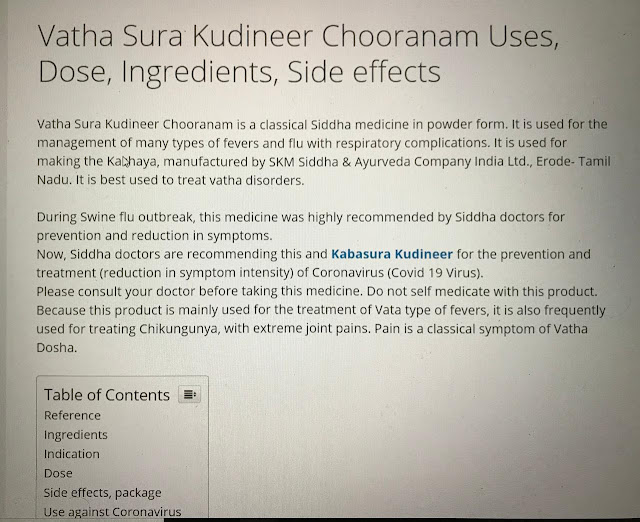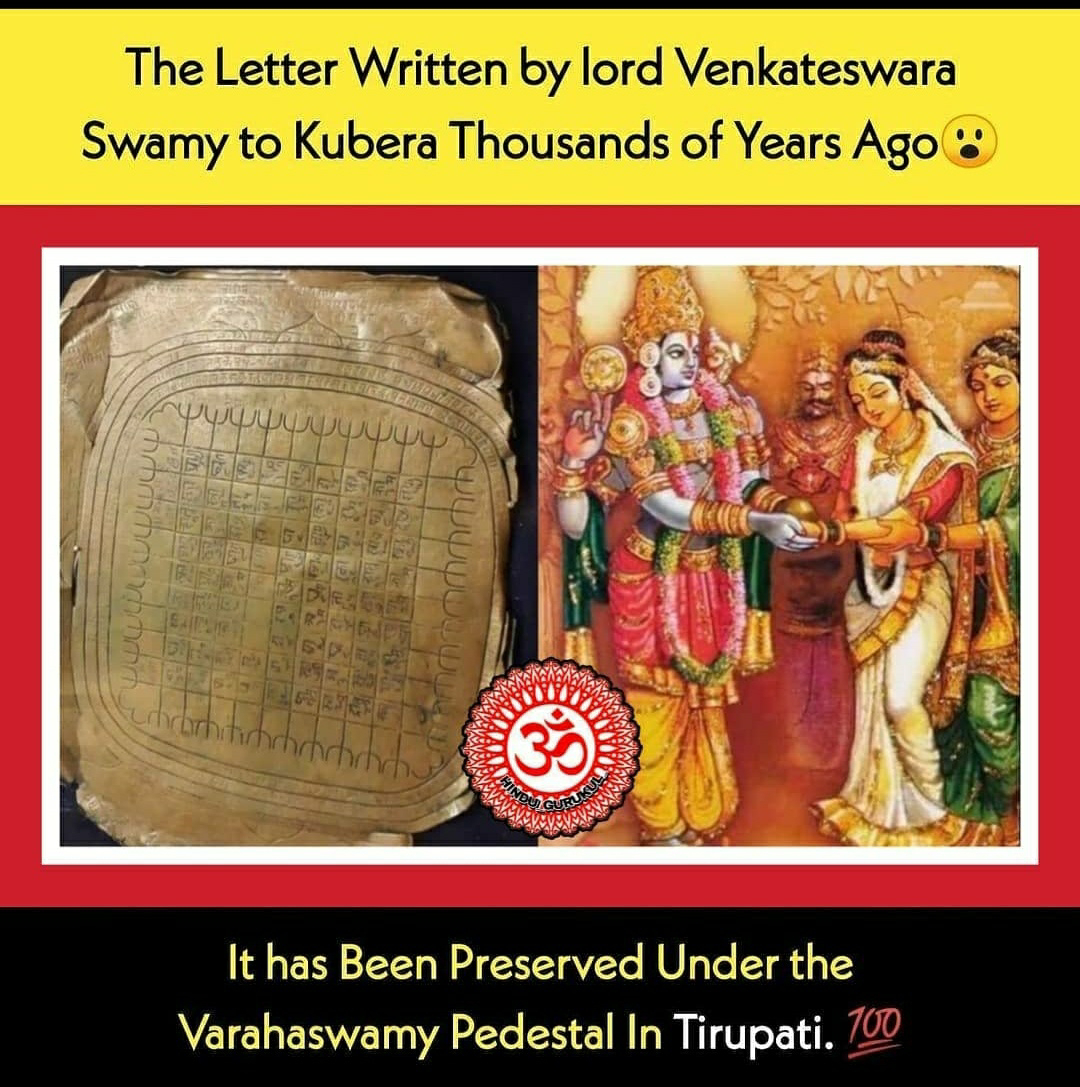5 Simple Math Tricks for Faster Computations
5 Simple Math Tricks for Faster Computations
Note: like everything else on the GMAT, being able to do something and being able to do something QUICKLY are two different tasks. If you like any of the following tricks, make sure you know it inside and out before you try using it during your test.
1. Add or Subtract 2 or 3 Digit Numbers
To add numbers that aren’t already a multiple of ten or one-hundred, round the number to the nearest tens or hundreds digit, add, and then add or subtract by the number you rounded off. Do the opposite when subtracting.Examples:
144 + 48 = 144 + 50 – 2 = 192
1385 – 492 = 1385 – 500 + 8 = 893
Why?
This math trick comes down to the order of operations- adding and subtracting occur in the same step and can happen in either order. Like many other computation tricks, this one comes down to replacing one tricky computation with two simpler ones.
2. Multiply or Divide by 5
To multiply a number by 5, divide by 2 and then multiply by 10. To divide a number by 5, divide by 10 and then multiply by 2.Example:
82 × 5 = 82 ÷ 2 x 10 = 410
Why?
This math trick comes down to the order of operations- multiplying and dividing occur in the same step and can happen in either order. But instead of doing the (somewhat) difficult task of multiplying by 5, do the easier task of multiplying by the fraction 10/2. And since you can do this in either order, you can start by dividing a number by 2 or multiplying the number by 10. Starting with division is usually easier when you start with an even number (34 × 5 = 17 x 10 = 170) while starting with multiplication is easier when beginning with a non-integer (6.4 × 5 = 64 ÷ 2 = 32). And instead of thinking about dividing by 5, think about multiplying by 2/10 (455 ÷ 5 = 45.5 × 2 = 91).
3. Multiply Numbers Between 11 & 19
To multiply two numbers that are between 11 and 19, add the ones digit of one number to the other number, multiply by 10, and then add the product of the ones digits.Example:
14 × 13 = (17 × 10) + (4 × 3) = 182
Why?
In the standard way that most American-students are taught to multiply numbers, you set up two numbers on top of one another like this:
14
× 13
42
140
182
This leads to a problem where you multiply 3 by 14, then multiply 10 by 14 and add the two products together. But you can rearrange this problem further to say you want to multiply 3 by 4, 3 by 10, and 10 by 14. Because you are multiplying both 3 and 14 by the same factor of 10 (which only happens when both numbers are between 11-19), you can combine this into one step. So instead of doing one tricky computation (3 × 14) and two easy ones (10 × 14 and 42 + 140), you make four easy computations (14 + 3, 17 × 10, 4 × 3, and 170 + 12).
4. Square Any Number Between 11 & 99
To square any number n, first find the nearest multiple of 10 and find out how much you would have to add or subtract (k) to get to that number. Then do the opposite function (addition or subtraction) to get two numbers that average out to n (i.e. n + k and n – k). Multiply those two numbers and add the square of k.Examples:
232 = (26 x 20) + 32 = 529
972 = (100 x 94) + 32 = 9409
Why?
a2 – b2 = (a+b)(a-b)
a2 = (a+b)(a-b) + b2
If this special product doesn’t look familiar to you, write it down right now and memorize it because there are a plethora of GMAT questions that test you on this very concept. But for this special trick, you are (once again) trading a difficult calculation (23 x 23) for a few simpler ones.
232 – 32 = (23+3)(23-3)
232 – 32 = (26)(20)
232 = (26)(20) + 32
232 = 529
Since multiplying by multiples of ten are usually easier than non-multiples of ten, you find the nearest multiple of ten. While this may be very confusing at first, it’s a neat trick if you can get quick with it and is especially helpful when squaring numbers ending in five, since you will always add 25 to the lower and higher multiple of 10:
452 = (40 x 50) + 52 = 2025
652 = (60 x 70) + 52 = 4225
Estimate Root 2 & Root 3
√2 ≈ 1.4√3 ≈ 1.7
Example:
The length of some side of a figure is about equal to 13 and you are down to the following three options:
(A) 9 √2
(B) 9 / √2
(C) 15 * (1 – 1/√2)
By estimating √2 ≈ 1.4 or even 3/2, you could quickly recognize that only answer (A) could be correct in this problem.
Why?
Because your calculator says so! But rather than trying to remember these two roots on test day, remember your two favorite holidays in the second and third months of the year- Valentine’s Day & St. Patrick’s Day, 2/14 and 3/17. Root of 2 is about 1.4 and Root of 3 is about 1.7. The above example is adapted from an old Official Guide problem and is a reminder of how the GMAT’s wrong answer choices aren’t there because they are close to correct value, but because they are some incorrect computational jumble of the numbers given in the problem. If you can estimate in this problem, you can find four incorrect answer choices and that’s just as good as finding one correct answer.



Comments
Post a Comment